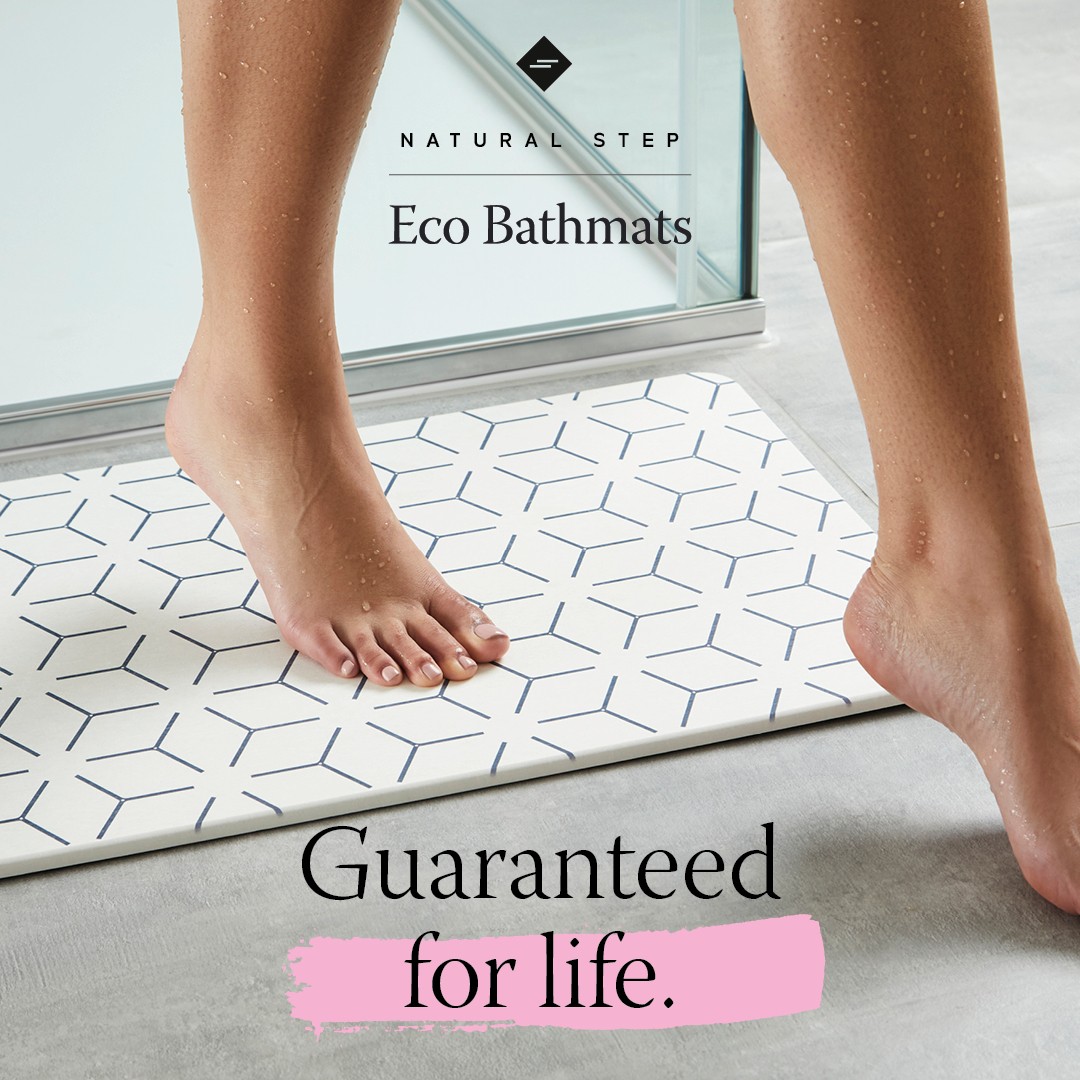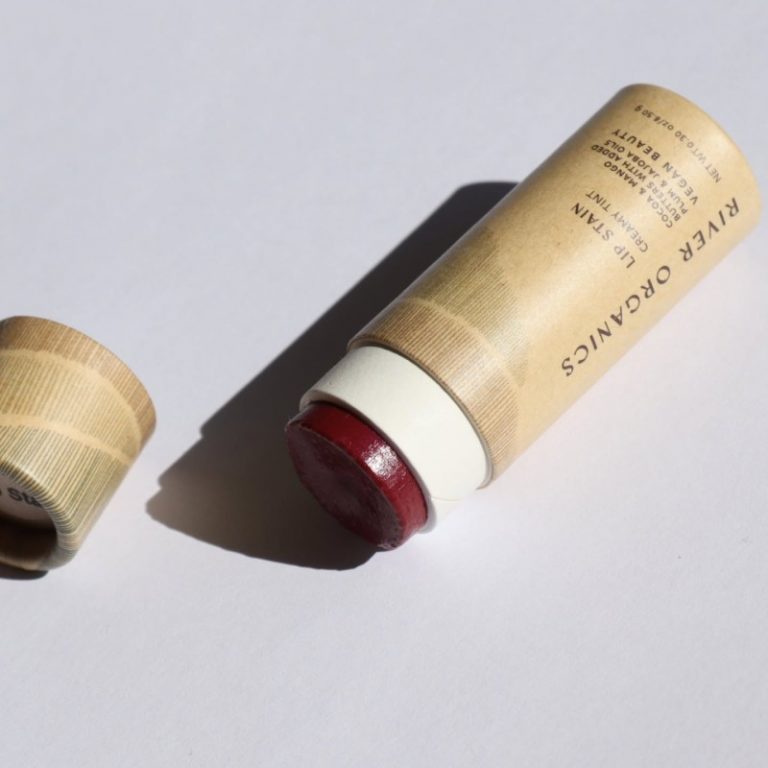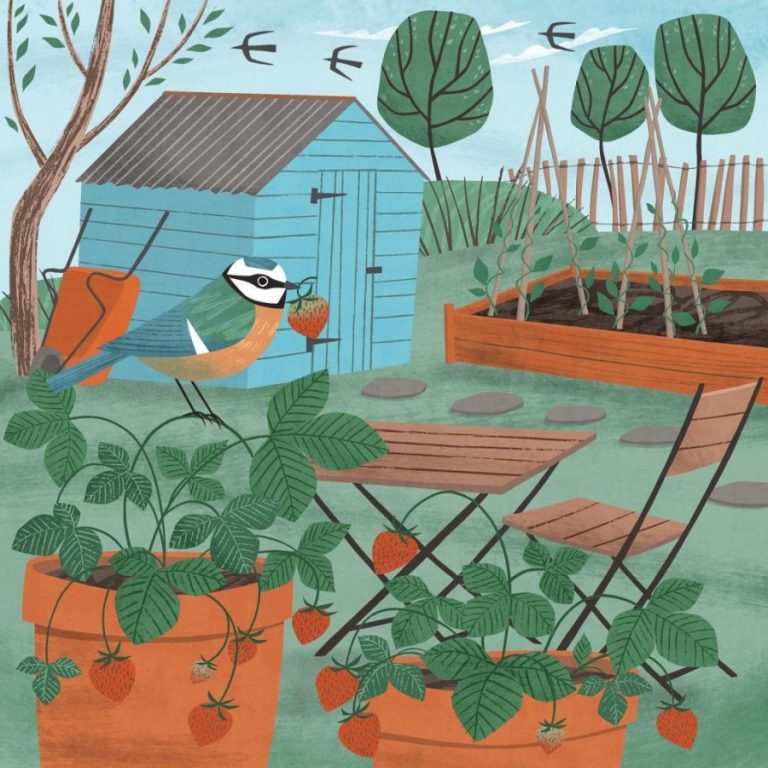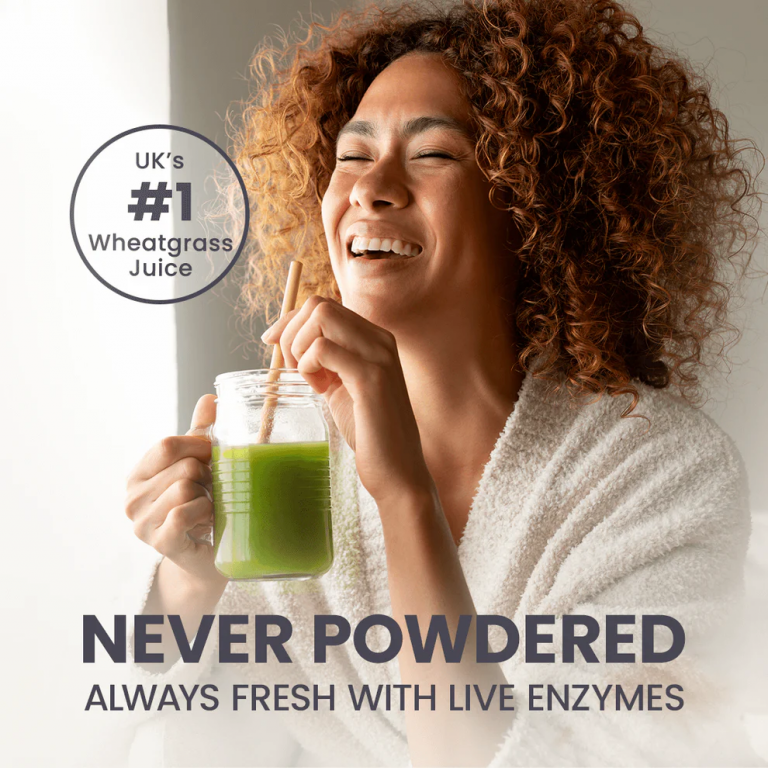
Natural Step Bath Mats are made with sustainable materials that feel warm on your feet, and never need laundering. Designed to last for life, these stone/rock bath mats make wet bathroom floors (and soggy bath mats) a thing of the past.
Fabric bath mats often go mouldy, due to moisture in bathrooms. And as around half of people in England don’t put the loo seat down after they flush, all that airborne bacteria also ends up on bath mats.

You even transfer bacteria from feet (before showers or baths), then make the bath mats mouldy when you put clean (wet) feet on them, when you get out!
These stone bath mats absorb 5 times their weight in water, yet still feel dry to the touch. And water quickly evaporates, to prevent mould and bacteria.
The mats dry in seconds, and also grip the floor nicely, to avoid moving on slippery surfaces. Sent with free next-day delivery and a money-back guarantee.
I am a complete convert, who will never go back to fabric mats. Less water everywhere after my shower, and stay in position much better than my old mat, which I sometimes slipped on.
Stone Bath Mats are More Hygienic
A damp fabric mat is a perfect home for mould spores and bacteria. It traps water in its fibres, stays wet for hours, and collects shed skin, soap, and dust. That mix can lead to odour, stains, and a slippery floor. For people with allergies, asthma, or skin sensitivities, this can be a real problem.
Stone mats tackle the source of the issue. They do not soak up water. Most stone surfaces let moisture evaporate quickly, so they are dry again in minutes. Less lingering moisture means fewer places for microbes to thrive. A quick wipe or rinse keeps the surface fresh, without a long laundry cycle.
Fabric is porous and fibrous. It holds water deep in the pile, which slows drying. The longer water lingers, the more mould can grow. If the mat sits on a sealed tile floor, trapped water can also create a slick film that raises slip risk. Stone mats, by contrast, sit flat and stable, helping water disperse and dry.
Some natural stones, like slate or pebble composites, have dense surfaces that resist absorption. They are not magic, but they do not feed mould in the way a damp towel would. The smooth face of stone cleans with a wipe, which removes the thin biofilm that bacteria need to cling to.
Think about who uses your bathroom. If you have children, older adults, or anyone with hay fever or eczema, keeping floors dry and surfaces clean matters. A stone mat supports a healthier routine with simple care and fast drying. If a clean bathroom is the goal, stone makes it easier to get there.
How Stone Dries Quicker Than Fabric
Stone does not hold water in fibres, so the surface releases droplets into the air. Airflow speeds evaporation. Many stone mats have micro-texture that spreads water thinly, which increases the surface area and shortens drying time. The result is a mat that feels dry again in a short window.
Fabric works in the opposite way. The pile absorbs water and keeps it near the base. Even if the top feels dry, the underside can stay damp for hours. Leave a fabric mat overnight in a cool bathroom and it often smells musty by morning. Leave a stone mat and it stays fresh because there is no soaked core.
You can choose different finishes. A lightly porous stone surface helps wick moisture, while a sealed finish repels water and wipes clean. Both options dry fast. If your bathroom is very humid, pick a mat with a vented base or raised feet, which lets air move underneath for even quicker drying.
Natural Antibacterial Power of Stone
Stone has a simple advantage. It is non-fibrous and easy to clean, which limits the build-up of germs. Studies on hard surfaces show that smooth, dry materials carry fewer microbes than damp textiles. While stone is not a disinfectant, it does not act like a sponge. That single fact reduces bacterial spread.
Slate, marble, granite, and pebble composites all have dense structures compared with fabric. Rinse the surface, let it dry, and you remove the thin film that bacteria rely on. You do not need hot washes or long tumble dries. A brief clean returns the mat to a hygienic state.
Durable Stone Bath Mats Last Longer
Fabric mats look tired fast. The pile flattens, seams fray, and colours fade with each wash. When they go threadbare, they become slippery and scruffy. Replacing them every few months adds up, and the cycle repeats.
A stone mat handles daily use without losing shape. It does not shed or pill. It resists stains from soap and fake tan. It shrugs off pet claws and busy family traffic. With normal care, it can last for years. That means fewer replacements and less waste.
Think about cost over time. You might buy three or four decent fabric mats each year for a busy home. A quality stone mat costs more up front, but you buy it once. Over two to three years, long-lasting stone bath mats vs disposable fabric tends to win on price, time, and peace of mind.
Care is straightforward. No machine cycles, no waiting for a heavy mat to dry on a rail. A quick rinse and air dry is usually enough. Spot marks can be lifted with mild soap. That saves time each week and extends the life of the mat.
Built to Handle Heavy Use Without Losing Shape
Stone’s solid structure does not compress underfoot. It will not mat down like fabric or form slippery ridges. Many models have a textured grip or rubber feet to keep them steady on tiles. In humid rooms, where fabric mats often feel soggy, stone keeps its form and function.
General feedback from regular users is consistent. After months of use, a stone mat looks almost new, provided it is cleaned and not dropped. It copes with steam, daily steps, and shampoo spills without staining or warping.
Simple Cleaning Routines That Keep Stone Looking New
Cleaning takes minutes:
- Rinse with warm water after use.
- Wipe with mild soap weekly, then air dry.
- Brush off dust or hair with a soft broom.
Fabric mats need deep washes, spin cycles, and long drying times. That means you either juggle spare mats or live with a damp one. Stone avoids that hassle, which saves time and lowers energy use over the year.
Add Style and Comfort with Stone Bath Mats
Bathrooms carry a lot of visual weight in a home. A tidy, dry floor sets the tone. Stone mats add a calm, natural look that suits modern and classic spaces. They pair with tiles, timber vanities, and neutral walls. Stylish stone bath mats for modern bathrooms give a spa-like finish without effort.
Comfort counts too. Stone feels stable underfoot. No squelch, no sudden cold shock once you get used to it, and no shifting pile. In summer, the surface feels cool and crisp. If you have underfloor heating, stone warms nicely and holds gentle heat, which feels cosy after a bath.
You can pick from sizes, colours, and patterns that match your style. Pale marble brightens small rooms. Dark slate adds contrast in white spaces. Pebble-style mats bring texture and a subtle massage feel. The result is a bathroom that looks cared for and stays cleaner day to day.
Pleasant Feel Underfoot for Everyday Comfort
Textured stone gives gentle grip and a light massage sensation. It keeps feet steady, even when wet. The surface balances temperature well. It stays cool in warmer months, which feels refreshing. With underfloor heating, it warms enough to feel soft and inviting in winter.
If you dislike stepping onto soggy fabric, you will enjoy the dry, stable feel of stone. It turns a small daily annoyance into a small daily pleasure.
Safety for Baby Baths
- NHS has a good 2-minute video by a midwife, on how to safely bathe babies. Never leave babies alone for a second (even with older children).
- Do not use baby bath seats, these can quickly detach and drown babies, even in a few centimetres of water.
- Run cold water first (then add hot water, testing with your wrist or elbow). Keep your baby’s head clear of water.
- Don’t bathe straight after feeds, or if hungry or tired. Avoid baby oils in baths, due to risk of slipping.
- Avoid talcum powder, it’s linked to ovarian cancer and increasingly banned in many countries. Don’t use cotton buds to clean baby’s ears (the cause of nearly all infections).






